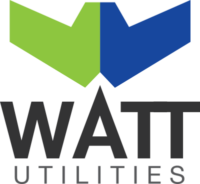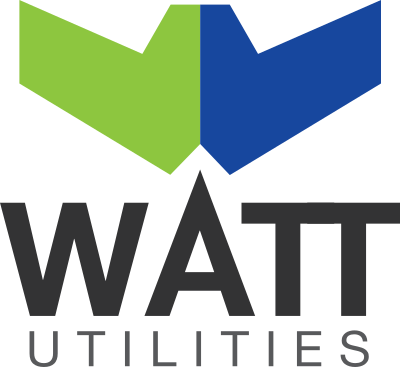
As an Australian SME, managing operating costs efficiently is crucial — especially energy costs, which can significantly cut into your profits. Implementing smart tariff selection and load management tactics might offer promising solutions. This article explores practical strategies and technologies to help your business reduce energy expenses significantly, boosting your overall financial health.
Effective energy management starts with understanding your current consumption. Utilise energy monitoring systems to track your usage patterns throughout the day, week, and year. Such detailed insights help you identify key areas where energy consumption can be optimised for better cost management.
Electricity costs vary during different times of the day and year. Typically, energy rates are higher during peak hours when the demand is at its highest. By identifying these peak periods, SMEs can strategise to shift non-essential processes to off-peak times, thus optimising energy costs effectively.
Smart tariffs are designed to offer variable pricing based on the time and amount of energy consumption. They enable businesses to benefit from lower rates during off-peak hours, encouraging energy usage when it’s cheapest and easing grid pressure during peak times.
Several types of smart tariffs cater to different business needs. These include time-of-use tariffs, demand tariffs, and controlled load tariffs. Each type has its specifics, so understanding which one aligns with your operational patterns is crucial.
Selecting the right tariff requires considering factors such as your business operating hours, energy-intensive processes, and flexibility in energy usage. Analyse past energy bills in conjunction with current usage data to make an informed decision, or consult with professionals from our team at Watt Utilities.
Load management involves controlling and optimising the time and amount of electricity used. It’s an effective strategy to cut costs by using more energy during cheaper tariff periods and reducing consumption when prices are high.
Practical techniques include scheduling high-energy tasks during low-cost periods, using automated systems to control energy use, and maintaining equipment efficiency to reduce unnecessary load.
EMS are advanced platforms that provide real-time data and control over your energy use. These systems can be integrated with smart tariffs and load management strategies to maximise energy efficiency and cost savings.
Smart meters and IoT devices facilitate accurate energy monitoring and management. They send real-time usage data to your EMS, enabling proactive adjustments that align with cost-effective energy usage patterns.
The Australian government offers various policies aimed at promoting energy efficiency among SMEs. Stay informed on recent legislation and how it impacts energy tariffs and practices for businesses.
Look into incentives and rebates offered to businesses adopting energy-efficient solutions. These can provide significant savings, reducing the initial cost of implementing new energy strategies.
Energy markets and tariffs frequently change. Regularly reviewing and adjusting your energy plans ensures that your business continually benefits from the most cost-effective strategies.
Encourage your team to adopt energy-saving habits by providing regular training and promoting a culture that prioritises energy efficiency. Small behavioral changes can lead to significant reductions in energy use and cost.
Smart tariff selection combined with effective load management can potentially cut SME energy costs by up to 30%. By embracing technology and considering professional advice from experts at Watt Utilities, you can implement these strategies successfully and see a notable difference in your energy bills.
Ready to reduce your business energy costs? Contact us today for a personalised consultation and learn how we can help you save on energy expenses.



Fields marked with * are required.

Fields marked with * are required.